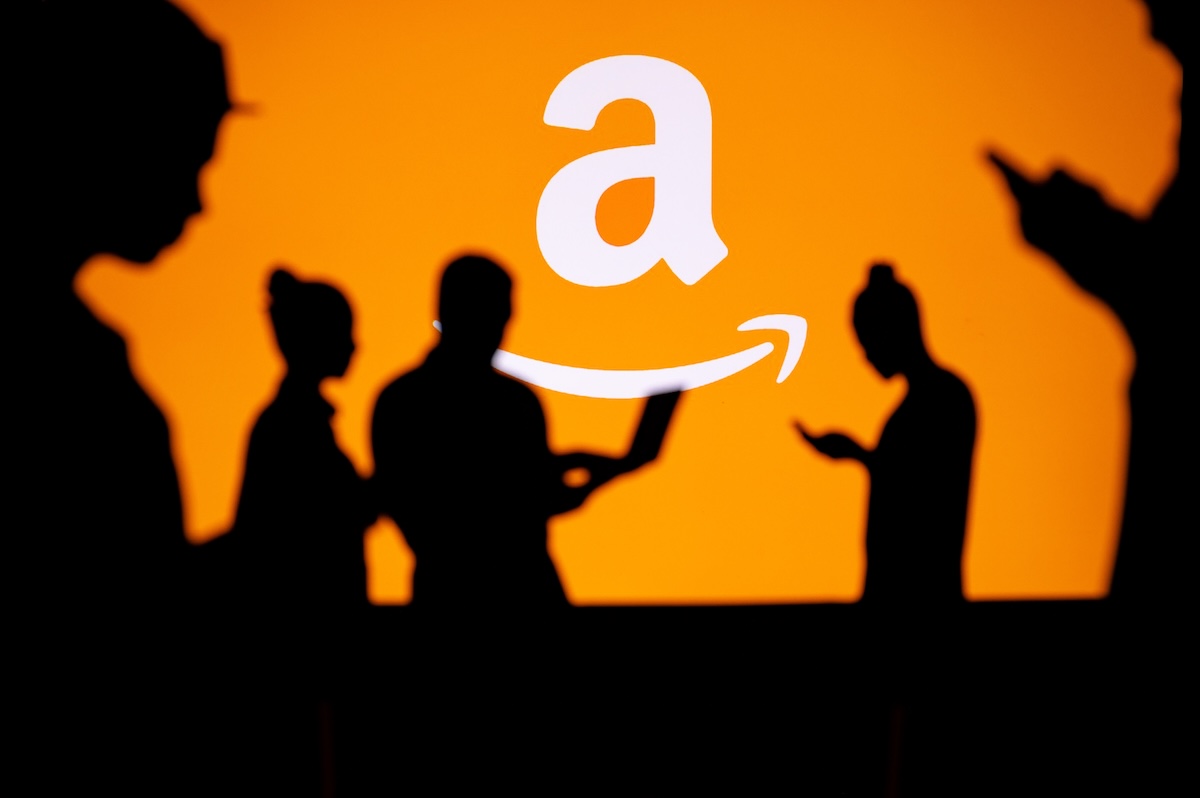
Amazon (AMZN) has quietly erased most of the damage it took earlier this year during Trump’s tariff-driven selloff.
And not it’s looking better positioned than some of its tech rivals as Wall Street piles into “cheap AI.”
The stock is now down just 2.5% year-to-date after rallying more than 28% since bottoming on April 17.
Amazon also outperformed the rest of the Magnificent Seven in Q1, delivering stronger-than-expected revenue and net income even as its Q2 guidance flagged potential headwinds from trade policy.
Both Microsoft (MSFT) and Alphabet (GOOGL) disappointed investors last quarter, widening Amazon’s lead.
AWS remains Amazon’s crown jewel, commanding 30% of the global cloud infrastructure market, according to Synergy Research Group.
“We actually believe that AWS is regaining share,” said D.A. Davidson analyst Gil Luria.
“It had been growing a lot slower than Microsoft Azure and Google Cloud for a period of time, but as Amazon has caught up on its AI offering, it may now see less of a deceleration.”
Part of that catch-up has included Amazon’s controversial embrace of Chinese AI startup DeepSeek.
Back in January, Amazon made DeepSeek’s R1 model available across its cloud platforms, even as national security hawks in Washington raised red flags.
Wall Street stays bullish, but flags the 2026 risk
Analysts at D.A. Davidson, Morgan Stanley, and JPMorgan remain largely bullish — but all acknowledge Amazon’s size makes outsized gains harder to come by.
D.A. Davidson reaffirmed its $230 price target in May, highlighting Amazon’s integration of Anthropic’s latest language models through its AWS partnership.
JPMorgan bumped its target to $240, citing continued strength in both AWS and Amazon’s fast-growing ad business.
Morgan Stanley kept its “Overweight” rating and a $250 target, pointing to Amazon’s dominant position in retail and AI-driven cloud infrastructure.
Despite bullish bets, Wall Street is already warning that 2026 could be a far more difficult year for the cloud sector as tariffs and rising infrastructure costs start eating into enterprise IT budgets.
That risk is also showing up in Nvidia (NVDA) forecasts, where analysts are bracing for a potential AI growth stall next year.
At around $215, Amazon now offers potential upside of 7% to 16%, depending on who you ask, respectable for a $2.3 trillion giant, but a far cry from the easy gains of earlier AI cycles.
Your email address will not be published. Required fields are markedmarked